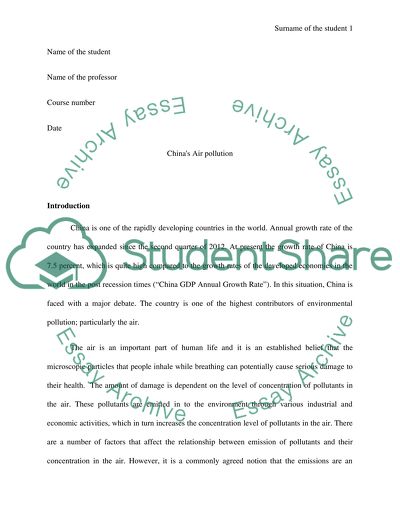Cite this document
(“China's Air pollution Term Paper Example | Topics and Well Written Essays - 3000 words”, n.d.)
Retrieved from https://studentshare.org/macro-microeconomics/1483283-china-s-air-pollution
Retrieved from https://studentshare.org/macro-microeconomics/1483283-china-s-air-pollution
(China'S Air Pollution Term Paper Example | Topics and Well Written Essays - 3000 Words)
https://studentshare.org/macro-microeconomics/1483283-china-s-air-pollution.
https://studentshare.org/macro-microeconomics/1483283-china-s-air-pollution.
“China'S Air Pollution Term Paper Example | Topics and Well Written Essays - 3000 Words”, n.d. https://studentshare.org/macro-microeconomics/1483283-china-s-air-pollution.


